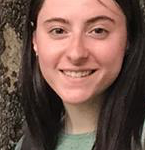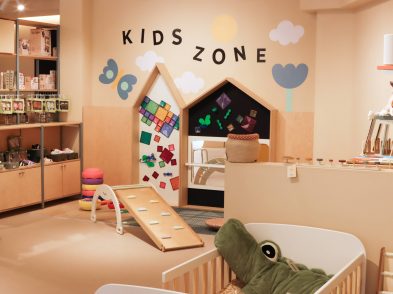The warmth of Christmas lights tangos with the bitingly cold winds as I walk through Prato. It seems like everyone is familiar with this delicate dance of opposites, seen in the lights, the industrialised city backdropped by the Tuscan hills and the different migrant communities. Prato is a juxtaposition, characterised by the textile industry, and yet the social fabric of society still seems frayed in some areas.
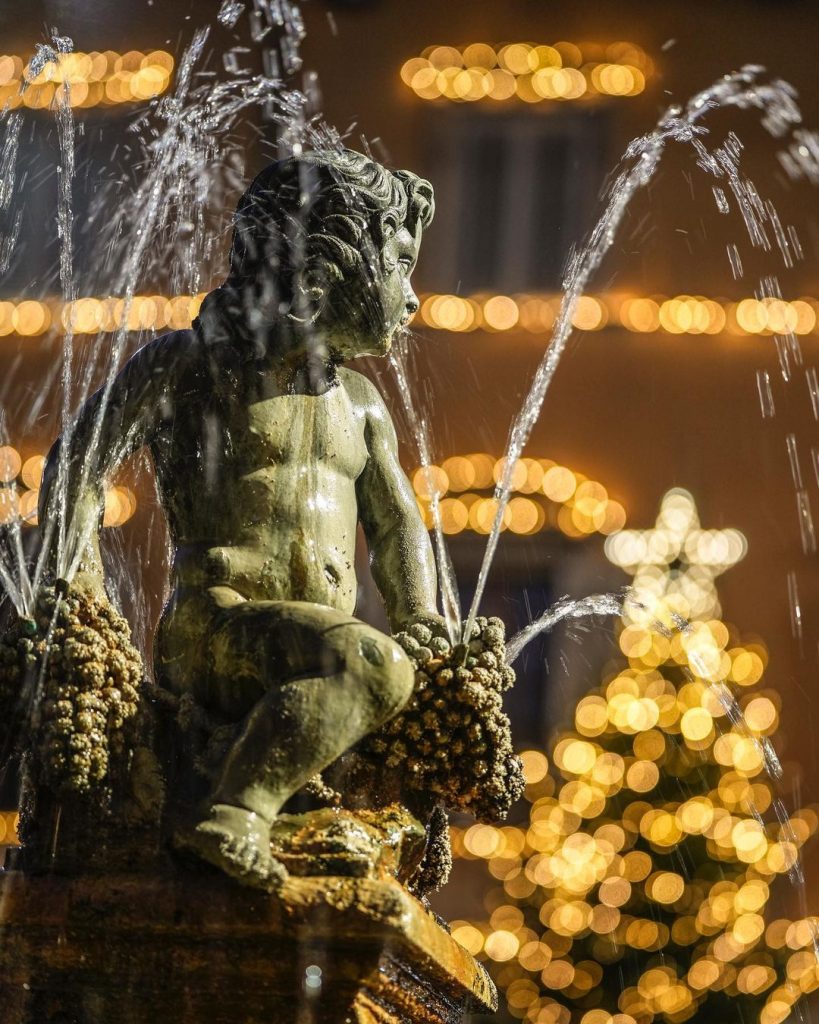
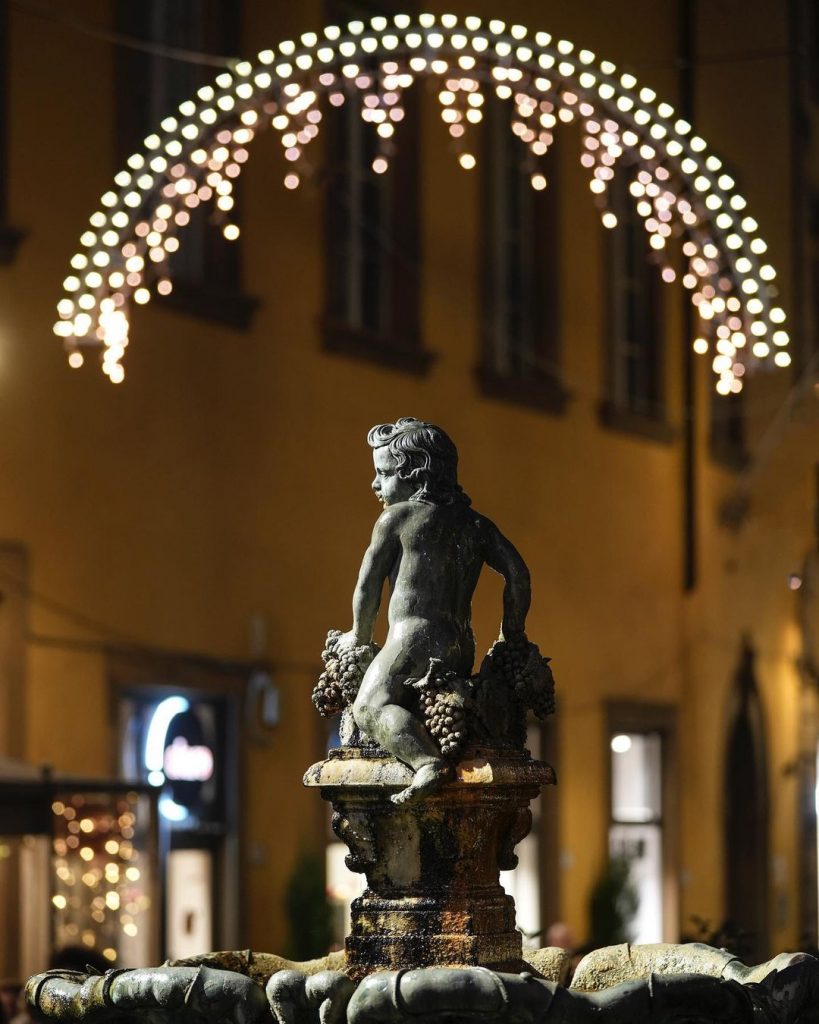
A city of binaries, Prato embodies the idea of old Italian heritage, while being home to the second largest Chinese migrant community in Italy. This is the thought I am toying with while walking to class, the first of many during the six weeks I will be living and studying in Prato, my first time overseas since the Covid-19 pandemic and the longest I have ever spent away from home.
So, why do I have trouble identifying as a migrant? When we hear about migration, it always appears to be framed as a response to a negative event, deeply intertwined with leaving war-torn countries or developing nations in search of a new life. Herein lies the tension. As the granddaughter of an Auschwitz survivor and first-generation Australian, migration and movement run through my veins. At the same time though, I struggle to lay claim to this word “migrant”, even temporarily.
As someone whose family moved to Australia post-Holocaust, the idea of being a migrant feels tense to me. It seems to undermine all my grandparents went through to establish a home for our family and build a life for us. This feeling of struggling to reconcile my Jewish identity with that of a temporary migrant in Prato is the soundtrack to my trip. Being somewhere where kosher food is not readily available and there is no established Jewish community serves to highlight how, while Prato serves as a home to many Albanian, Chinese, Moroccan, Pakistani and Romanian migrants, it almost feels like I am the first Jewish presence.
To counter this and observe the Jewish Shabbat (day of rest), my friend and I travel each weekend to a different Jewish community. We attend Shul (the synagogue) and are hosted for Friday night dinner and Saturday lunch by a religious family. Walking to the train station, bags packed for our weekend in London, we notice six brass squares on the pavement, inscribed with people’s names. Upon closer inspection and research, I learn these to be Stolperstein, or “stumbling stones”, peppered throughout Europe to commemorate the people deported to concentration camps during The Holocaust. The placement of the stones is also crucial, being installed at the last known living address of the person.
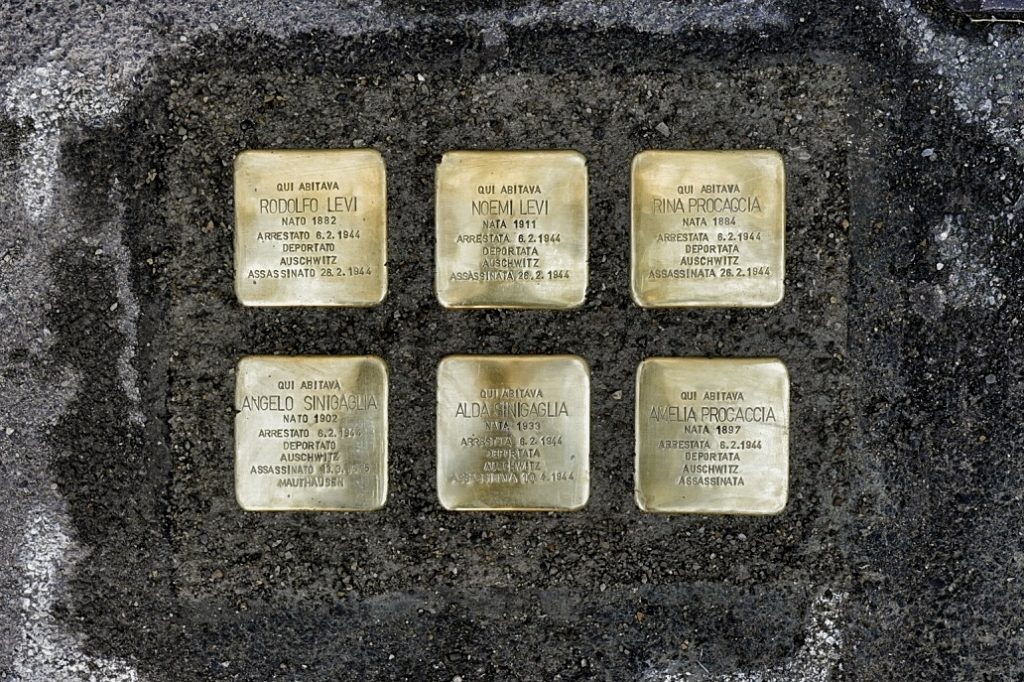
The idea of these stones is to show Italy’s regret and sympathy for its initial actions at the beginning of the Second World War. I guess there is an element of intergenerational trauma I never consciously considered before coming to Europe. Everyday actions, such as taking the train into Florence, which my classmates seem to be able to handle with ease, evoke strong feelings of discomfort for me. While my friends shimmer with what can only be described as carefree excitement, I walk through the station, holding my bags and wondering if my ancestors ever came through this transportation hub. Were these the train lines used to send them to Auschwitz? Was this the ground they walked on, clutching at their possessions, their families and their hopes?
It is only now, four weeks into my time in Prato that I learn of the Platform 16 Holocaust Deportation Memorial, set up to remember the citizens sent to extermination camps from Italy. I am drenched by a wave of sadness, a whirlpool of tension cements itself in my stomach. In class, I am informed that some of the textile factories so innate to Prato’s identity were the site of Jewish round-up for deportation in 1943 and with this a clear message is sent: the fabric of Italian society is still stitched with the horrors of The Holocaust.
There is light, however: a Jewish presence to parallel the brightness of the Christmas decorations and the Monash University staff who cater kosher food for our welcoming event. There is the Deportation Museum in Prato to serve as a means of education and the Uffizi Galleries’ acquisition of art by Auschwitz survivor Rudolf Levy. There is the Pier Cironi Garden in Prato to memorialise three Righteous Gentiles and the ways they helped Jewish people during The Holocaust. Initiatives are being created to commemorate both on a large and small scale.
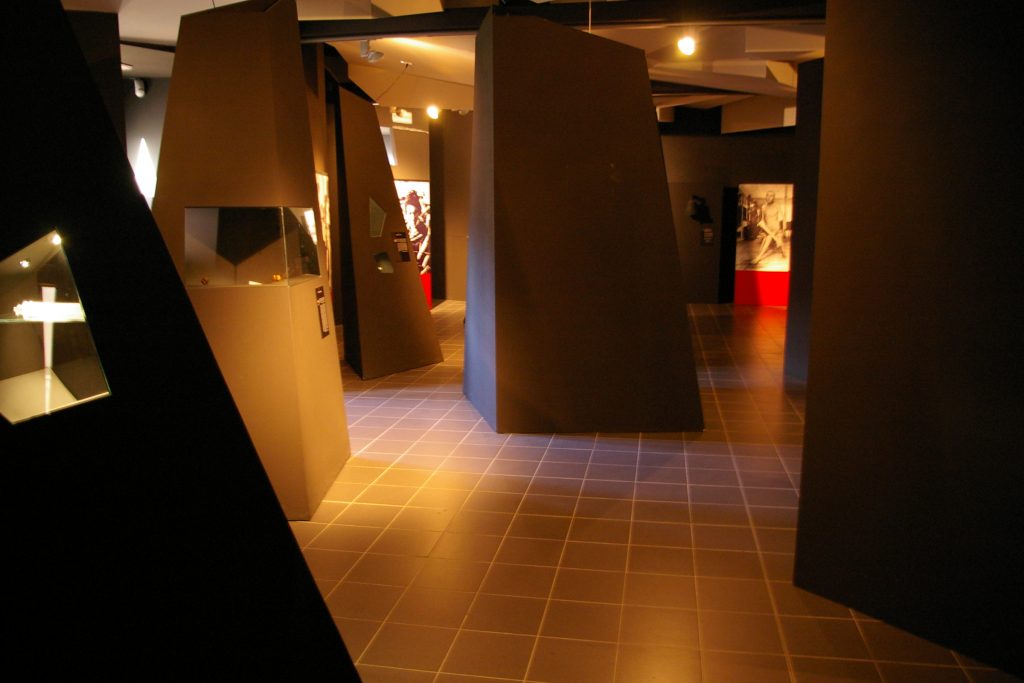
Time warps in Prato as the mix of old and new meet in the middle. The need to resolve the tension between the established Italian community and the newer migrant ones is palpable. This is even symbolised by the old gate at the entrance to Macrolottozero, where the majority of Prato’s Chinese community live and work, physically creating a division between cultures. Within this beautiful city of promise and potential, we are looking to the future, slowly creating an intercultural city as interwoven as the textiles it produces. Creating a better future for the city, a more inclusive and accessible place for migrants to be is undeniably important, but in this process it’s important not to lose sight of the past. Art acquisitions, gardens and kosher food is not enough. There is no way to “fix” the atrocities of the past, only to sit with the tensions of it and understand that, despite saying “never again”, anti-Semitic activity is still increasing while Jewish families continue to feel uncomfortable walking through train stations.
There is no clear resolution to this piece, no way to wrap it all up in a pretty bow where I tell you my time in Prato was amazing, which it was, and I learnt so much, which I have. This article, much like the reparations for the Jewish people, remains unfinished. I have not yet learnt to reconcile my Jewish identity with that of a momentary migrant, but I have learnt to sit in the tensions, acknowledge the discomfort, and provide voice and visibility for others who may be in a similar position.

